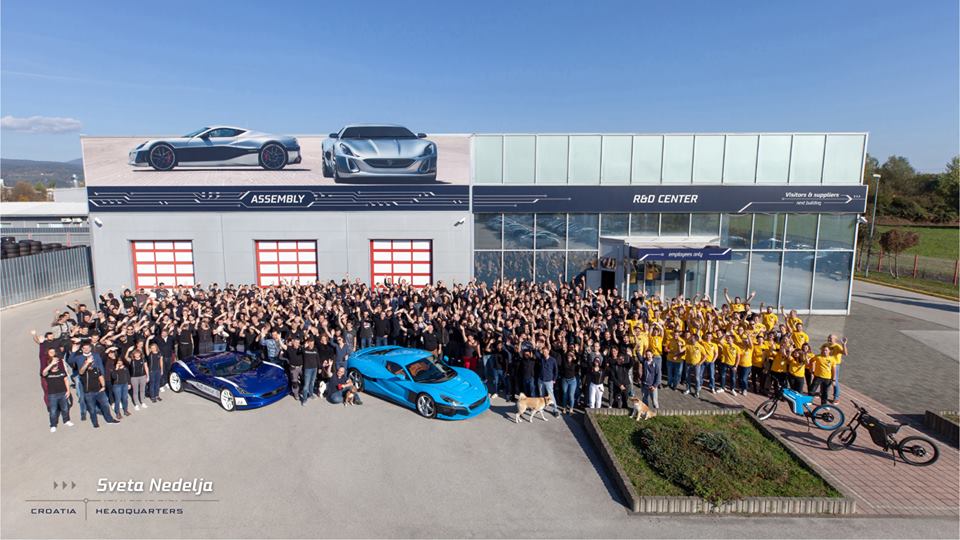Mate Rimac Employs First Deaf Person to Graduate from FER
Statistics show that about 12,000 deaf people live in the Republic of Croatia, but unfortunately it is rare for them to complete their higher education.
As Ivan Tominac/Poslovni Dnevnik writes on the 14th of April, 2019, Josip Ivanković was born in Čapljina, Bosnia and Herzegovina, but just one year after his birth, he was declared deaf, and this fact was one of his reasons for his relocation to Croatia. His move to Croatia certainly paid off as being the right move, and Josip, despite the diagnosis, managed to develop his speech and the technique of listening. That was, as Josip himself states, a painstaking and long process.
"The situation is that I have to treat speaking Croatian as if I was speaking a foreign language," Josip Ivanković explained.
For four years now, his speech and listening abilities have been being developed at the SUVAG Polyclinic, where Josip learned to speak with vibration, tone amplification, visualisation and by learning anatomy.
"When I learned to pronounce the letter ''r'', I had to touch the vocal chords of the logopad to feel a certain vibration and titration, then I'd lean my hand on my neck to feel the same vibration, so I learned to pronounce the letter ''r'' I learned to pronounce ''ž'' in a similar way, I just put my hand on my head. Generally speaking, the hardest letters to pronounce for the deaf are l,č,ć,đ,dž,lj and nj, and the reason for that is that such letters can't be visually identified. They're explained through the anatomy of the oral cavity, just like a doctor explains the heart's organs, or where the blood enters and where it exits,'' explained Josip.
After the kindergarten era ended, in which he learned the basics of socialisation, it was decided that he should attend a regular school.
This period of schooling, without any curriculum adjustment, he adds, was defined by perseverance, and communicational misunderstandings are, in his words, quite normal and natural.
"The professors made me equal with my peers, and this proved to be a good thing because I learned so much about the world of those who can hear, and I learned how to gather information," said Josip. As stated, statistics show that about 12,000 deaf people live in Croatia, but it is rare for them to complete higher education. Josip was not one of them, and he completed a college which has some very demanding academic requirements for its students.
He enrolled at FER (University of Zagreb, Faculty of Electrical Engineering and Computing), and the likelihood of him completing his studies was slim, yet Josip had different plans for himself.
"At the beginning of the semester, it was very difficult for me to adapt,'' recalled Josip. Before Josip's arrival, professors from Zagreb's FER didn't have any experience in working with people with impaired hearing. At the beginning, he failed several exams, but he didn't let that dampen his spirit, and later he turned to further consultations.
This combination led him to become the very first deaf person to graduated from that college.
"The professors were very approachable, and our relationship was very flexible and adaptable. I will never forget how Professor Brnetić, instead of me asking him, personally invited me to consultations during the holidays and showed me much he cared that I didn't miss anything from the lecture. On the other hand, one professor asked me during consultations why I didn't go to the lectures and asked me how I was learning. I told him that I don't go to the lectures because I can't hear them. I took out a 100-page notebook with my assignments, and the professor was surprised that I did all that without having gone to any lectures. He asked me to lend him that notebook and later I learned that he'd showed my notebook to all of the professors. Believe it or not, a year after when I came to his office, that copy of the notebook was still on his desk,'' Josip stated, recalling his faculty days.
In the end, none of the obstacles he faced along the way turned him away from his goal, and he passed 62 engagements that mostly relied solely on him and his level of dedication. This FER student didn't have to wait around long before a job opportunity came knocking, and it wasn't your regular offer. He started his working life at no less than Rimac Automobili as an Embedded Hardware Engineer. Rimac had no problems with his deafness and offered him a position after his interview.
''At the beginning of the job, I was given a pretty demanding project that I had to complete within a month, which was the length of my trial period, and when the project ended I realised that I was able to complete it and was given the green light to remain with the firm,'' Josip said. The work never stops at Rimac Automobili, and at the moment, Josip is working on a project for the development of electric car chargers.
"Communication skills are the most difficult for me, because I have to invest extra energy into lip reading and that's mentally challenging and difficult. Imagine a situation in which a colleague is referring to professional terms, and I need to decode them with and put them into context in order for me to have any understanding. Imagine switching off your ears, and focusing your eyes on their lips alone.
You aren't likely to understand because they're not using standard words, they're using technical phrases that are difficult to decode and recognise. At the beginning, it was very difficult for me to follow verbal communication and understand the complexity of the project. Of course, since working here I've changed a lot and become much more calm, more focused and concentrated on the small things. The worst thing is when a colleague does not know how to communicate with me properly, and this is where I'm concerned about information which is valuable to the project, and that's an extra effort. Each colleague has his own specific way of speaking and they aren't all the same in communication. With time, I somehow adjusted to them, and they also had to adapt to me, I accepted that this was all normal and there would always be a situation where they couldn't understand, but I'll always ask them to repeat themselves not just twice, but 1000 times!'' concluded Josip.
Make sure to follow our dedicated lifestyle page for much more.
Click here for the original article by Ivan Tominac for Poslovni Dnevnik
Infobip Wins EY Entrepreneur of the Year!
March 28, 2019 - Croatia's 2019 Ernst&Young Entrepreneur of the Year is Infobip!
Hope for Hrvatska: EY Entrepreneur of the Year Returns for 5th Edition
March 22, 2019 - Croatia's increasingly influential entrepreneurial class will come together for the 5th time next week to celebrate the EY Entrepreneur of the Year.
Just over a year ago, I had a phone call from the new Varteks CEO Nenad Bakic. He was coming to Varazdin for meetings and wanted to catch up over a coffee.
We talked about various issues related to TCN, Varteks and doing business in Croatia, and then he said:
"I want to show you a different side of Croatia. Hold on." And he spoke rapidly into his phone and arranged a seat for me at the Gala Dinner for the 4th EY Entrepreneur of the Year.
"Come and enjoy. And see a very different Croatia to the one you see day to day."

Boy, was he right. In all my years in Croatia, I had never been in a room with so much positive energy, so many movers and shakers from Croatia and its diaspora.
Here was the cream of the entrepreneurial class, who were succeeding in Croatia through sheer determination and hard work, usually in spite of government assistance not because of it.
And they were here to celebrate their own heroes, men and women who were bringing positive change through their entrepreneurship. People like Bakic - you can learn more about the digital transformation of sleeping giant Varteks in my interview with him in Varazdin this week.
Some video highlights of the event last year above.
The judging panel last year comprised the following distinguished members: Emil Tedeschi, founder and majority owner of Atlantic Group, one of the leading producers and distributors of consumer goods in southeast Europe; Nenad Bakić, entrepreneur and investor of the IRIM - Croatian Makers fame, entrepreneur; and investor Saša Cvetojević, EBRD Regional Director Vedrana Jelušić Kašić, and Lajoš Žager, PhD, the Dean of the Faculty of Economics and Business in Zagreb. The remaining three judges are all former winners of the EY Entrepreneur of the Year Award: Alan Sumina, founder and co-owner of Nanobit (2014), Đuro Horvat, founder and owner of Tehnix (2015), and Marko Pipunić, founder and owner of Žito (2016).
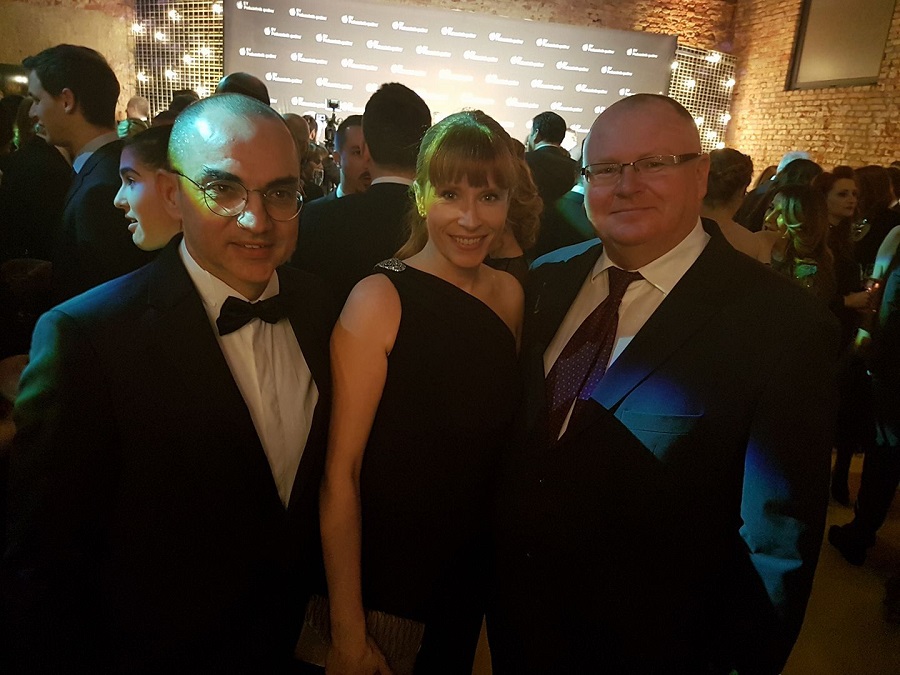
(Varteks Unlimited - TCN at last year's event with Nenad and Rujana Bakic)
Last year's winner will be a hard act to follow - the one and only Mate Rimac, whose Rimac Automobili is setting the standards in electric vehicle technology. You can see Rimac's acceptance speech below and read more about last year's event in this TCN report.
This year's edition will take place once more at Lauba in Zagreb, a guaranteed night of positivity and hope for Hrvatska. This year's finalists have not yet been announced, but with such a rich vein of Croatian entrepreneurial spirit currently flowing, there will no doubt be a very worthy winner. TCN will be there to bring you a full report.
German President Coming to Croatia, Will Visit Rimac Automobili
The German President Frank-Walter Steinmeier is paying an official two-day visit to the Republic of Croatia from Germany today, the plans include for him to pay a visit to the German and French international school "Eurocampus" and get a taste for the incredible creations of Croatia's most well known entrepreneur, Mate Rimac.
As Poslovni Dnevnik writes on the 21st of March, 2019, upon the invitation of Croatian President Kolinda Grabar-Kitarović, the official visit of the President of the Federal Republic of Germany will begin with a ceremony at the Presidential Office, a friendly tête-à-tête meeting between the two presidents and a bilateral meeting of the official delegations of the Republic of Croatia and the Federal Republic of Germany.
After meeting with President Grabar-Kitarović, President Steinmeier will meet with Croatian Parliament Speaker Gordan Jandroković and go to Zagreb's beautiful Mirogoj cemetary, where he will place a wreath in front of the monument entitled ''Glas hrvatske žrtve - Zid boli'' (The voice of Croatian victims - The wall of pain).
As mentioned, between or after having met with the necessary persons who make up essential parts of the Croatian Government and the Croatian president herself, Germany's Steinmeier will visit the German and French international "Eurocampus" school, as well as the one and only Rimac Automobili which is located in Sveta Nedelja, not too far from the capital city of Zagreb.
Mate Rimac is the undoubtedly the face of modern day Croatian entrepreneurship, echoing the memory of Nikola Tesla from many moons ago. Mate Rimac's Rimac Automobili company was founded back in 2009 with its headquarters located in Sveta Nedelja in Zagreb County, where it remains to this day. The German President's visit to the company's headquarters will continue to send out the message that despite all - you definitely can make it work in Croatia.
Make sure to follow our dedicated politics page for much more.
Mate Rimac Featured in The Economist, as Greyp G6 Launches
March 16, 2019 - International acclaim and successful new product launches, it is all happening for Mate Rimac at the moment, with a feature in The Economist the latest exposure.
It is becoming increasingly hard to keep up with Mate Rimac, and not just because he makes the fastest cars in the world.
It seems not a day goes by without another achievement of media spotlight for the young Croatian entrepreneur, who single-handedly built a car industry in a country where none exists. But while the stereotype is that Rimac Automobili builds cars for the super rich, the core business is technology, as he explained in a major 2016 interview on Croatian television, which was translated by TCN in 2016.
Rimac once again had a spectacular Geneva International Motor Show, and the impact of Rimac Automobili was highlighted in a post on his Facebook page:
What makes us very unique in Geneva (and automotive industry/history in general) is that our products and technologies are represented in many other brand's cars and stands at the show. And not "just" with any parts but with key enables for these cars to even be possible. It is quite incredible that out of the 5 hybrid/electric supercars coming to the market (Aston Martin Valkyrie, Koenigsegg Regera, Pininfarina Batista, Mercedes AMG Project 1, Rimac C_Two), 4 have at least our battery system (some of them much more), which makes Sveta Nedelja the world capital of high-performance hybrid/EV systems. At the same time, there is much more going on behind the scenes - will be an interesting time.
And the industry media has been quick to take notice:
"Rimac is the company that currently holds all the aces. Not Tesla, not Toyota."
Last night's focus was in Zagreb, for the launch of the Greyp G6 smart bike. You can read more about that in this TCN report, or watch the product launch above.
Also named in the top 100 digital champions of Europe by the Financial Times, Mate Rimac also appears in this week's edition of The Economist, Speed King: a Croatian Inventor Says He is Building the World's Fastest Car.
To try and keep up with the Mate Rimac story, follow the dedicated TCN page.
Mate Rimac Introduces New Greyp Smart Bike
A new line of Greyp mountain bikes was presented in Zagreb last night. Unlike with the cars developed by Mate Rimac and his company, the emphasis with the Greyp Bikes is not on speed and power, but on connectivity and smart solutions which should bring about a unique user experience. The technology is the main difference between the new Greyp G6 and the existing mountain bikes, reports Večernji List on March 16, 2019.
Unlike its predecessor, the G6 is a pedelec model, which means that the rider has an electric motor assist, but as soon as he or she stops pedalling, the assistance also ends. The novelty of the new generation of Greyp bikes is their constant internet connectivity through eSIM technology, which opens up new possibilities for bicycle use and riding experience, and allows its owners remote control of specific bicycle functions as well as their monitoring. In addition to all the electronics and software, the G6 is a fully-fledged mountain bike. The frame is made of reinforced carbon fibre composite, with enduro-geometry and 27,5+ tires.
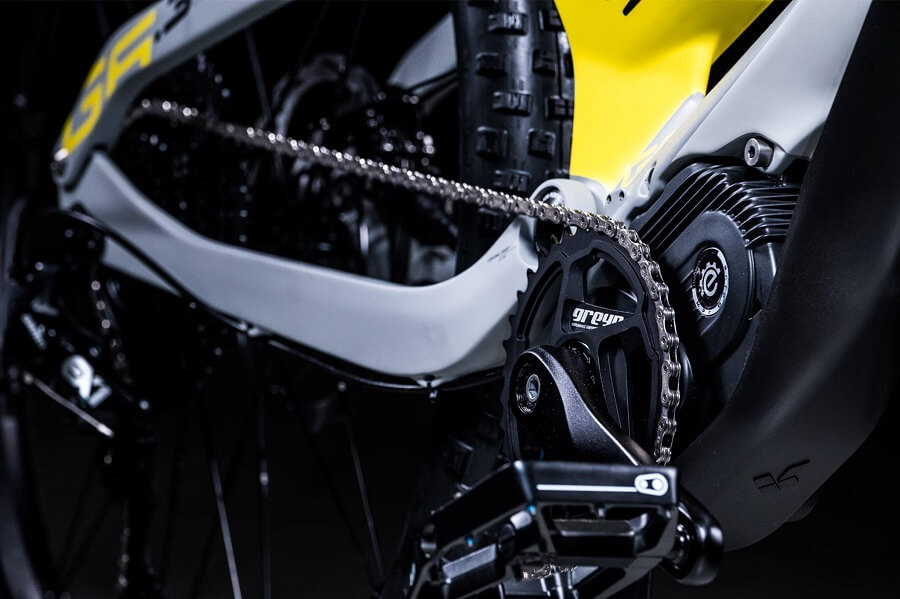
“It took us four years of intensive research, development and testing to create a product that we can present to the public. The features of the system and the technology platform are more important than the product itself. Unlike traditional bicycle companies, instead of equipping a bicycle with electric drive, we have developed a bike around the drive, sensors and constant connectivity to the internet. I believe that we have linked the bicycle and digital components in a unique way, integrated the sensors and cameras, networked the bicycles, developed a mobile app and created a whole new bike experience”, said Mate Rimac.
One of the main features of the new bicycle is the role of the smartphone which becomes the main user interface. Connectivity allows you to send commands to the bike or download images from integrated bicycle cameras even when the bicycle and the user are not in the same location. Cameras capture every situation, and videos and photos can be shared real-time on social networks.
“The whole bike is about connectivity and the Internet, the Internet of Things... There is eSIM, and you do not need a physical SIM card. Each Greyp comes with eSIM, which is just software, and until 2020 everybody will have a free Internet package. We are doing this for our other projects as well, both for our cars and for the cars of other manufacturers, because we are working on connectivity systems for others,” said Rimac.
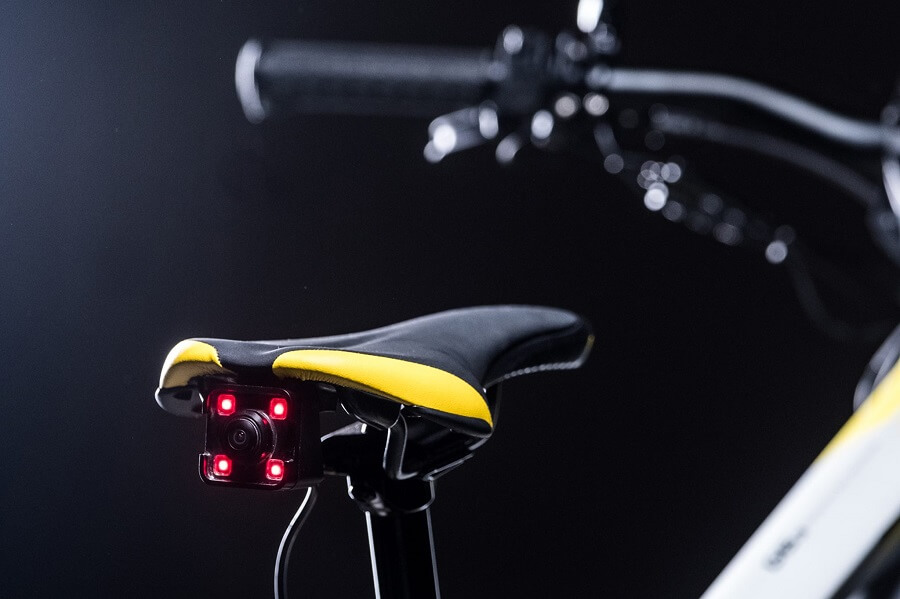
Rimac explained that America, surprisingly, is still a very weak market for electric bicycles. “By far the largest market is Europe, particularly the German-speaking area, so we are focusing there for the time being,” Rimac said, adding that he thinks that Germany will be the largest market for the new bike.
“The main task was to develop the system. And now we want to expand this system to others because it is perhaps even more important to build that user ecosystem than to produce bicycles,” Rimac said.
Rimac also announced that in April the company will move a large part of the production to a location about half an hour away from Sveta Nedelja, where it is now, and that they wanted to remain in the area.
Translated from Večernji List (reported by Zoran Vitas).
More news about Mate Rimac can be found in the Business section.
Rimac to Present Improved C_Two in Geneva
After the C_Two premiere at the Geneva international motor show last year, Rimac Automobili will this year present the final look of the C_Two model, whose first prototypes are already in production. In Geneva, Rimac will also show the early indications of the final performance characteristics of the electric drive which will be subjected to hundreds of tests during the certification phase, reports Index.hr on March 5, 2019.
“With the testing program launched early this year, Rimac Automobili is continuing to work hard on developing the C_Two model. New technologies are being introduced, and the model is undergoing hundreds of tests and procedures to meet all of the initial goals and global approval standards," said the Croatian manufacturer of electric vehicles on its website, announcing the participation in this year's Geneva motor show.
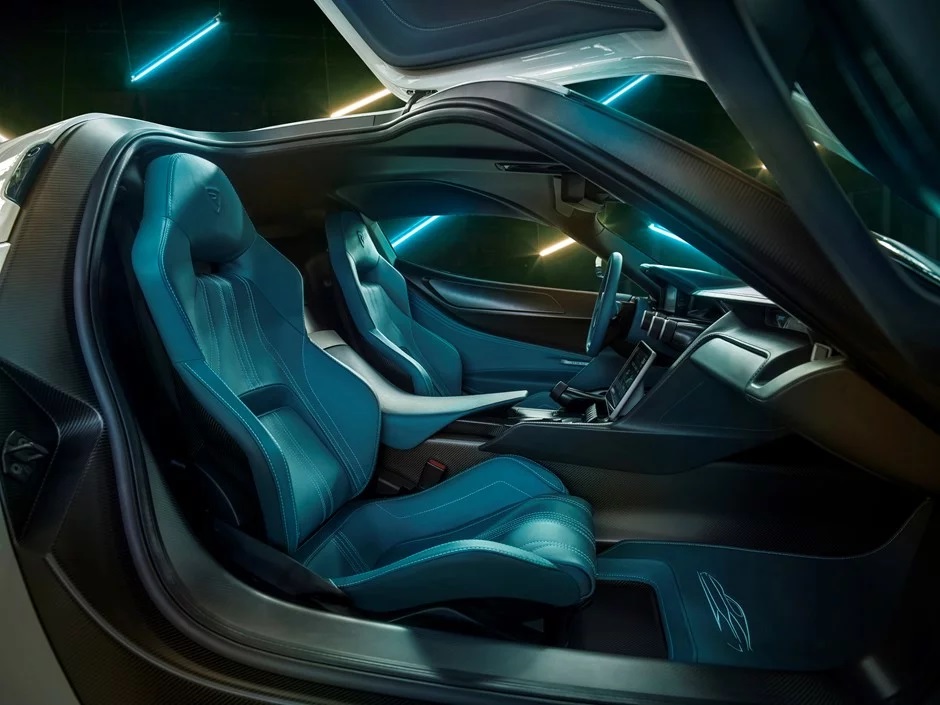
As announced, Rimac C_Two is the world's most powerful electric hyper-car, which demonstrates the expertise of the technology leader from Sveta Nedjelja near Zagreb in high-performance vehicle systems. The C_Two has a four-engine drive system with a total of 1914 horsepower and a torque of 2300 Nm. The acceleration from 0 to 100 km/h takes just 1.85 seconds, and it can reach the speed of 300 km/h in 11.8 seconds. A 120-kWh battery allows for a range of 550 km according to the WLTP standard (650 km according to the NEDC standard).
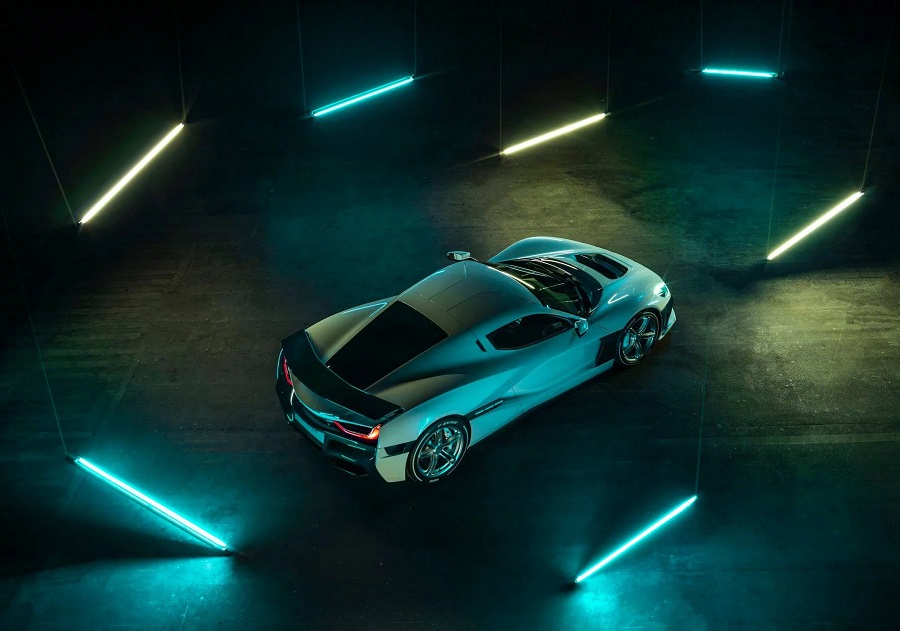
These figures have stunned the world, but with the latest efforts, the C_Two will be even more advanced. Prototypes are in the production phase, and the C_Two will soon get its final shape. In 2020, its performance characteristics will be seen on the streets all over the world, and C_Two will demonstrate how far (and how quickly) the electrical technology went into the future.
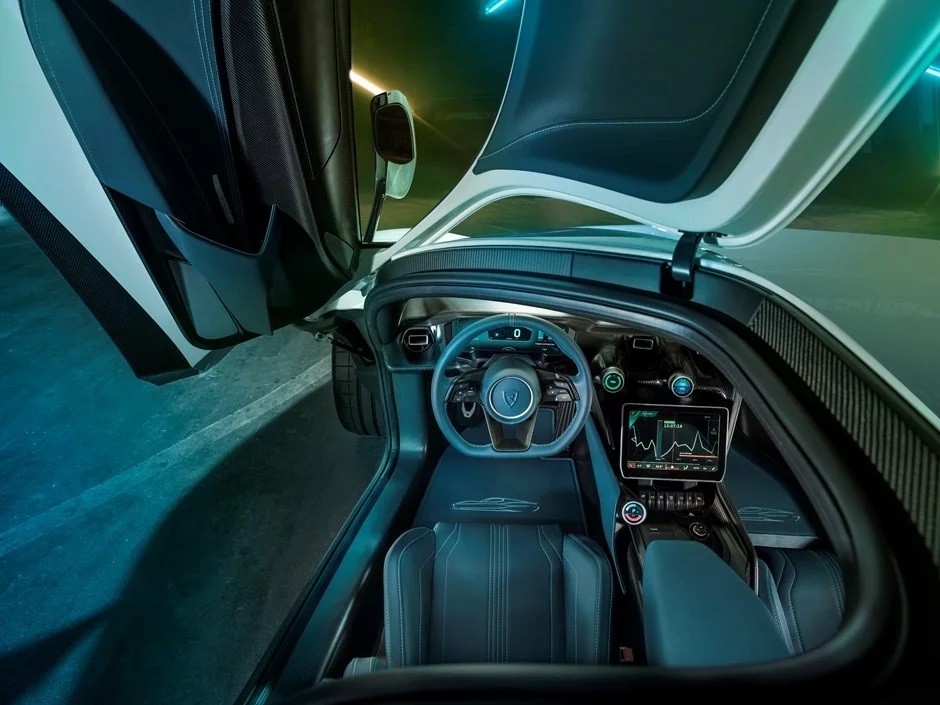
The C_Two model which will be presented at the 2019 Geneva Motor Show has been made in the galactic white colour with deep blue carbon fibre elements. The interior is hand-made and specially designed, with carbon fibre which complements blue leather and contrasting seams. This specification reveals an elegant but also exciting C_Two model profile.
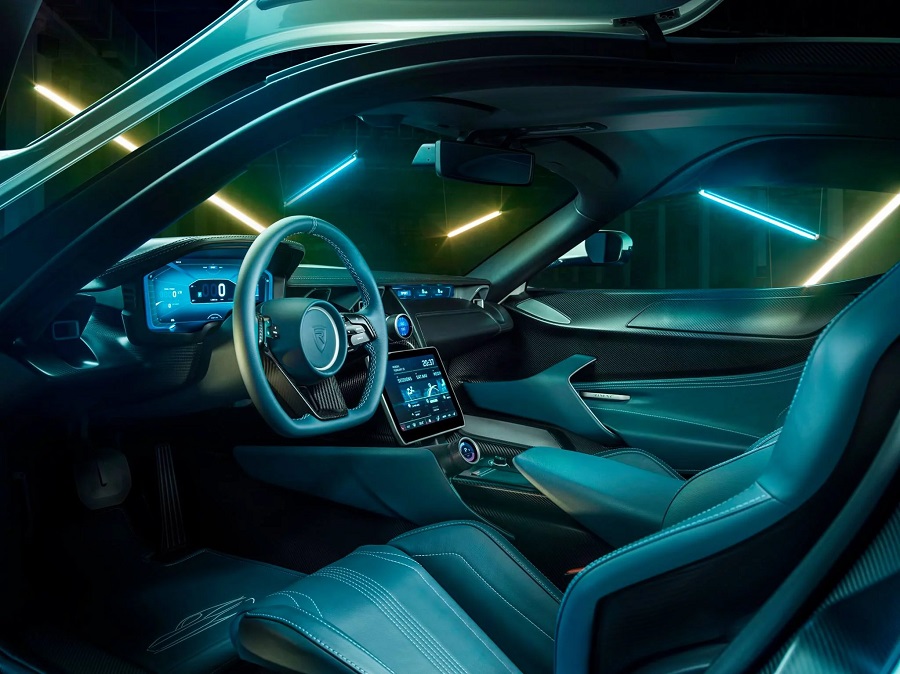
"The designing, engineering and production of key electrification systems for high-performance vehicles is still the mission of Rimac Automobili. During 2018, the company that can no longer be called an automotive startup has grown to twice its previous size and now supplies with its batteries, drives, hardware and software solutions its numerous partners in the automotive industry, powering some of the most extreme performance electric vehicles and hybrid electric hyper-cars on the market. The goal is always to offer innovative technologies to the high-performance market, starting with the crown jewel – the Rimac C_Two model,” concludes the company.
More news about Rimac Automobili can be found in the Business section.
Translated from Index.hr.
Rimac Automobili Receives Loan for Capacity Development and Expansion
A huge cash loan from the European Investment Bank for Mate Rimac's company Rimac Automobili has been signed and sealed.
Mate Rimac is without a doubt the face of one of Croatia's most inspiring entrepreneurial stories ever. Success doesn't come easily in Croatia, and while many prefer to complain about that face or simply go off and seek it elsewhere, only to realise that nowhere is quite as easy to navigate as you're told, people like Mate Rimac keep on fighting and make things happen.
Croatia is full of talent and it spills out onto all possible fields, from sport to business to invention and innovation, this little country of approximately four million people has it all. Despite being the home of people like Luka Modric and Mate Rimac, what Croatia doesn't have, however, is a set of state authorities who want to make life more simple for that talent to not only remain within the country, but to manage to develop and flourish here. Just like what was stated previously, Mate Rimac and Rimac Automobili have conquered those barriers, meaning others can, too.
As Poslovni Dnevnik writes on the 7th of December, 2018, the vice president of the European Investment Bank (EIB), Dario Scannapieco, has signed a contract with Privredna banka Zagreb for a loan guarantee for Rimac Automobili, totalling an enormous 30 million euro.
The European Investment Bank and Rimac Automobili then signed the very welcome loan of 30 million euro for research purposes, as well as for the company's capacity development and expansion in Sveta Nedjelja.
In addition to the huge loan provided to Rimac Automobili, another loan worth 25 million euro loan was given to innovative small and medium-sized companies.
Make sure to follow our dedicated Made in Croatia and business pages for more information on Rimac Automobili, other Croatian companies, products and services, as well as all you need to know about the business and investment climate in Croatia.
Rimac Automobili Releases Photos of C_Two Aerodynamic Testing
Croatia’s Rimac Automobili has published on its Facebook page impressive photos of the C_Two aerodynamic testing in an air tunnel, reports Index.hr on November 24, 2018.
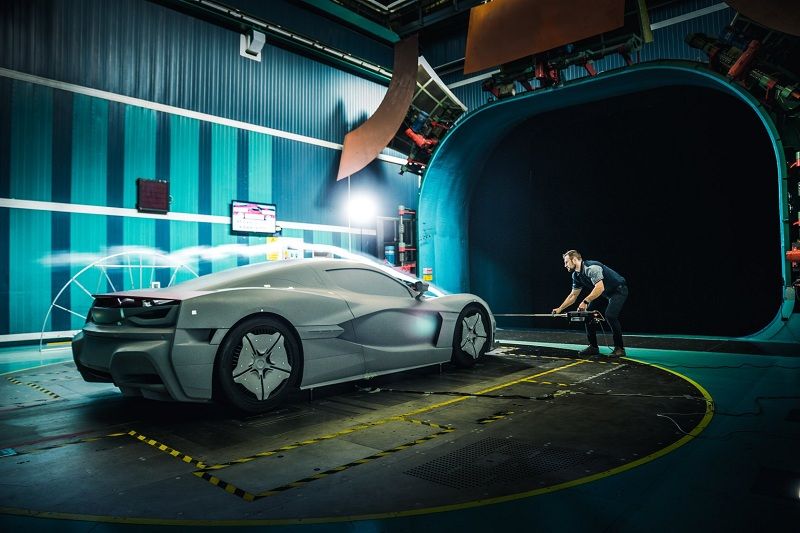
“This is a sneak peek into the Rimac C_Two wind tunnel test.
This is a full-scale model built specifically for the wind tunnel test with fully functional active aero components, realistic suspension and brakes, fans, the realistic pressure drop across the radiator cores and the rotating wheels.
It enabled us to test the relevant parts quickly and compare to the CFD results.
The testing was done before releasing the tooling into production, this way any potential changes can still be implemented in the production car.
More soon... Stay tuned,” wrote the company on its Facebook page.
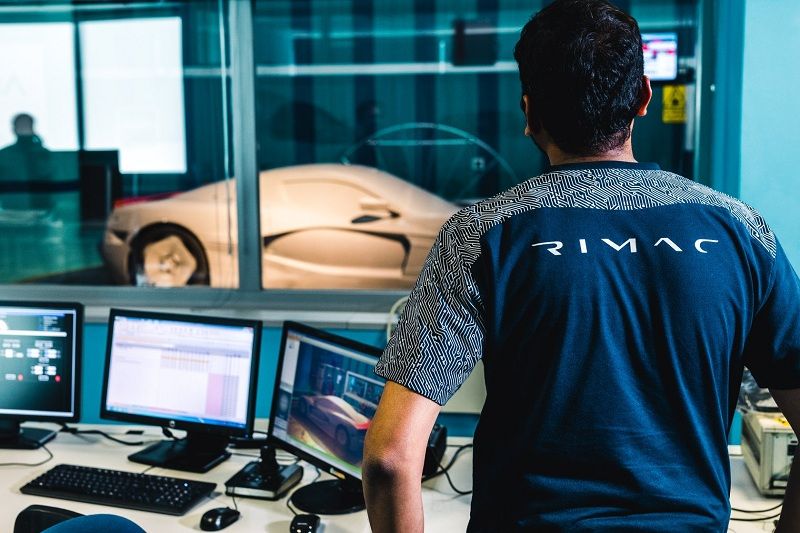
Croatian entrepreneur Mate Rimac and his company have been going from strength to strength in recent years. Just recently, Mate Rimac was named one of the top 100 digital champions of Europe and has given an in-depth interview to Financial Times. Two weeks ago, the company announced it was creating additional 100 jobs in Croatia. Mate Rimac was also named one of the Innovators under 35 by the MIT Technology Review. In September, Rimac Automobili announced a partnership with Pininfarina on a production of a new electric car.
This autumn, the company’s new model C_Two was presented in Zagreb, where it delighted all those who saw it, just like it did a little bit earlier in Los Angeles, where another presentation was organised.
Rimac even worked on the famous Jaguar which was featured heavily during the wedding of British Prince Harry and Meghan Markle in May this year.
Mate Rimac has proven that it is possible to succeed in Croatia, despite the business environment which is far from what it should be.
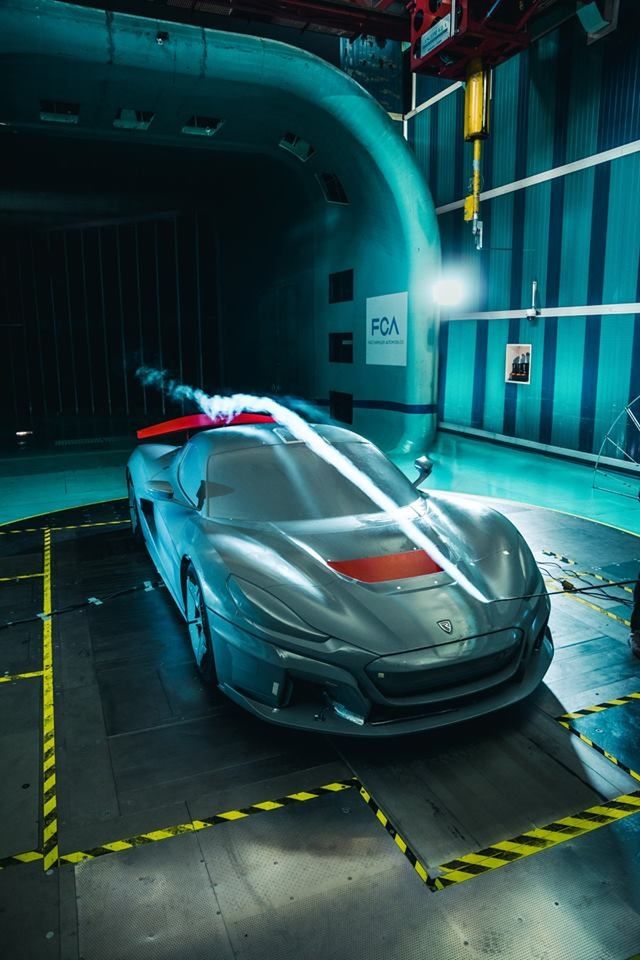
For more on Mate Rimac and Rimac Automobili, one of Croatia's fastest growing and best technology companies, click here.
Mate Rimac, 'Europe's Elon Musk' in Major FT Interview, Europe's Top 100
November 21, 2018 - A good day in the FT for Mate Rimac, as he is included in the top 100 digital champions of Europe, as well as an in-depth feature on issues ranging from comparisons with Elon Musk to THAT crash by Richard Hammond in his Concept One.
Another good press day for Mate Rimac, whose Croatian electric supercars have taken the motoring world by storm and, despite only having produced less than 10 cars so far, car manufacturing giants such as Porsche have invested millions in the small Croatian car company. Rimac, along with social entrepreneur Nenad Bakic, was one of two Croats included in the FT's list of 100 digital champions of Europe. Rimac also featured in a comprehensive article about himself and the company he has built. It is probably the best article, certainly in English, that I have come across about Mate Rimac, how he started, how the company is expanding, the Rimac company culture, comparisons to Elon Musk and a little insight into the infamous Richard Hammond crashing of the Concept One.
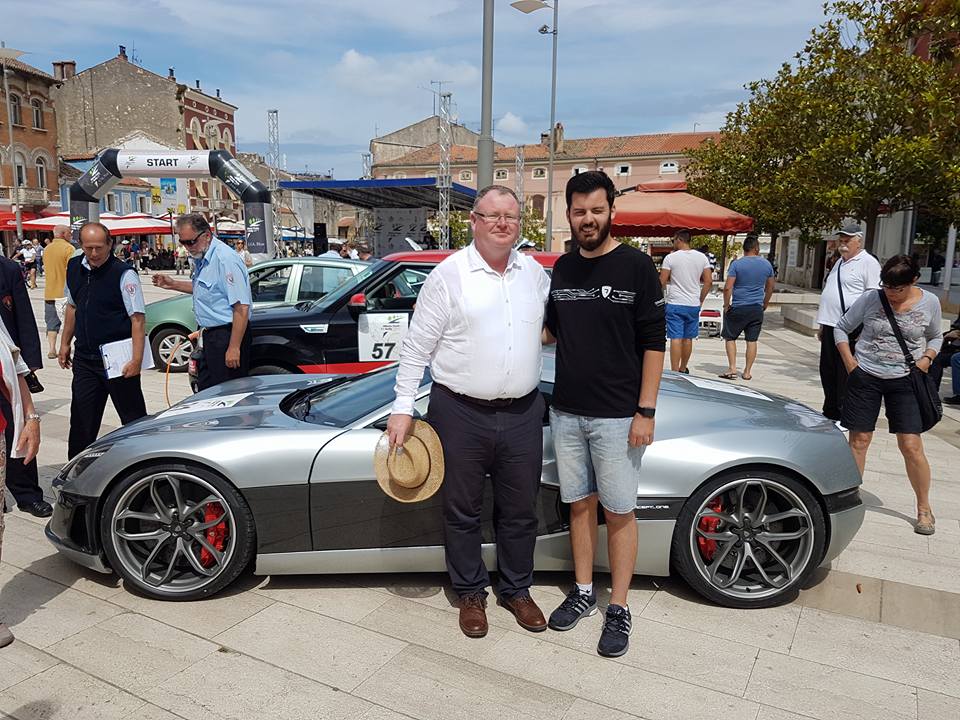
I have only met Mate Rimac briefly, at the Nikola Tesla EV Rally back in 2016 in Porec, and I was struck - as was the FT interviewer - by his humility and focus. I was also surprised that not only had he heard of TCN, but was very complimentary about the site, which was nice to hear.
Rimac and Bakic are leaders in their fields, and their recognition and success is well deserved. Behind them are a number of other successful Croatians, who are doing so many fascinating things in the IT world, and it is only a matter of time before their names are also recognised on the international stage. It is one of the regions I have hope for Croatia's future, as I do firmly believe that technology and innovation from the younger generation have the potential to make enormous positive change.
It is hard to believe that Mate Rimac is still just 30 years old. Here is what the FT had to say:
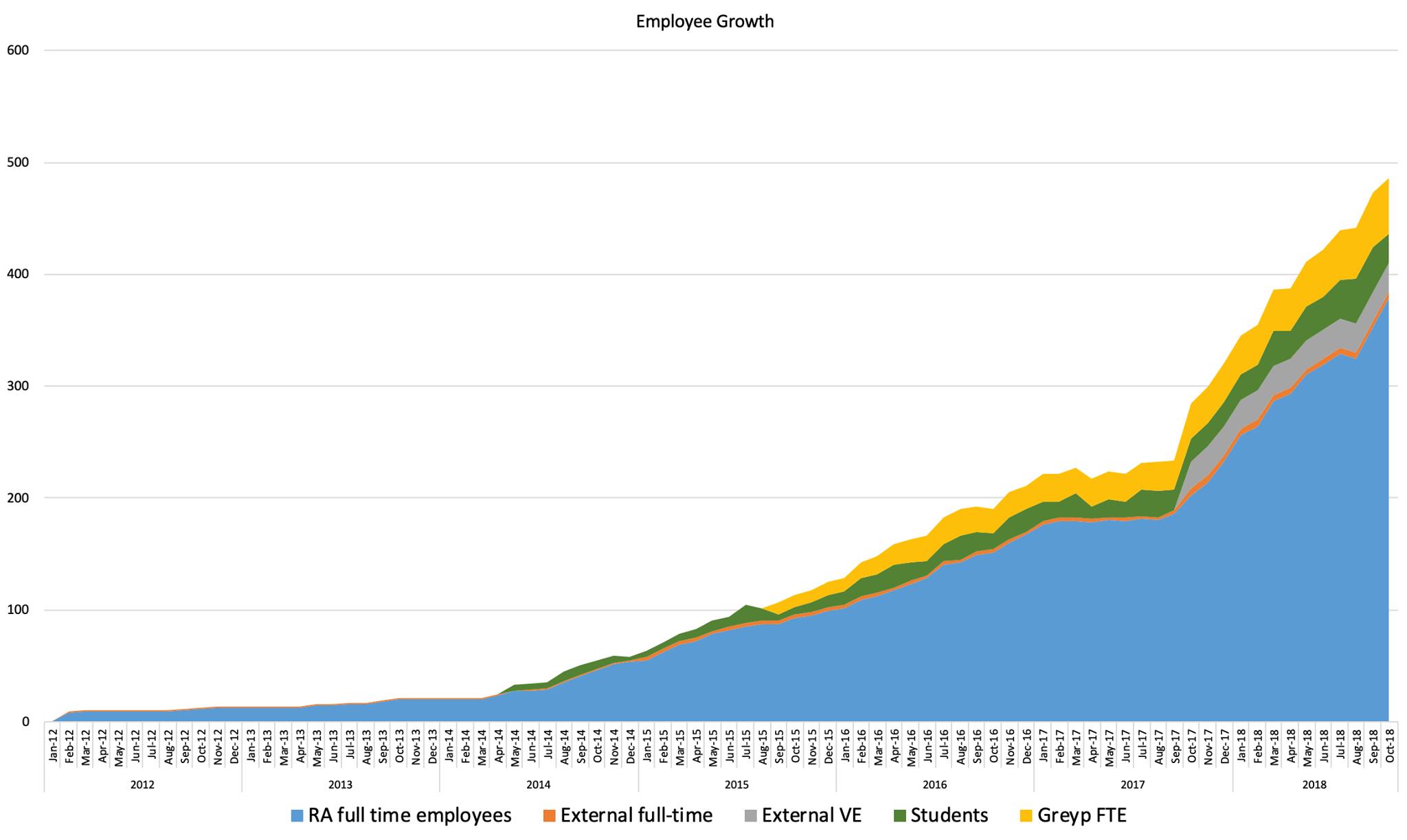
"Not for nothing is Mate Rimac sometimes called “Europe’s Elon Musk”. Both run groundbreaking electric carmakers that have claimed speed records and won plaudits. Both have unconventional manufacturing locations — Tesla in California, Rimac Automobili on the outskirts of Zagreb in Croatia. Not for nothing is Mate Rimac sometimes called “Europe’s Elon Musk”. Both run groundbreaking electric carmakers that have claimed speed records and won plaudits. Both have unconventional manufacturing locations — Tesla in California, Rimac Automobili on the outskirts of Zagreb in Croatia.
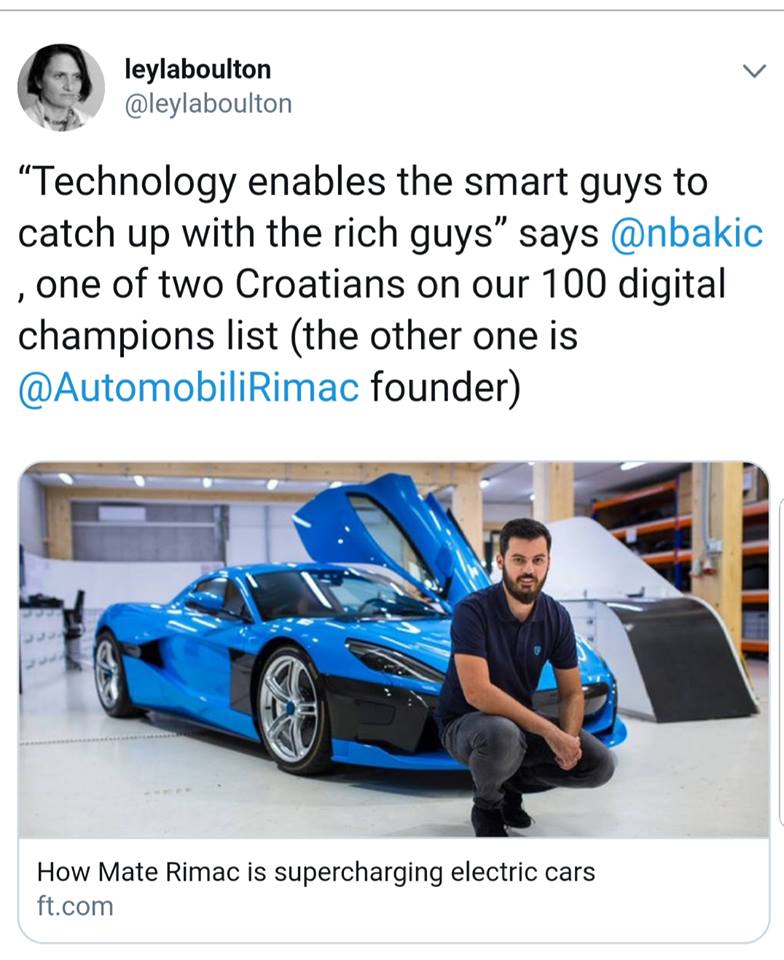
"When Tesla launched its first car, the Roadster, in 2008, Elon Musk was 37. Rimac today is just 30, with only the faintest hints of grey flecking his jet black hair. He is not keen, however, on the comparison with Musk. Tesla made 100,000 cars last year, and will hit close to triple that this year. Rimac’s vehicle output so far can be counted on two hands. “It’s an honour to be compared to him,” Rimac says, “but Tesla is much bigger. You might as well compare us to Mercedes.”
Read the full interview with Mate Rimac in the Financial Times.
For the latest news on Mate Rimac and Rimac Automobili, follow the dedicated TCN section.
